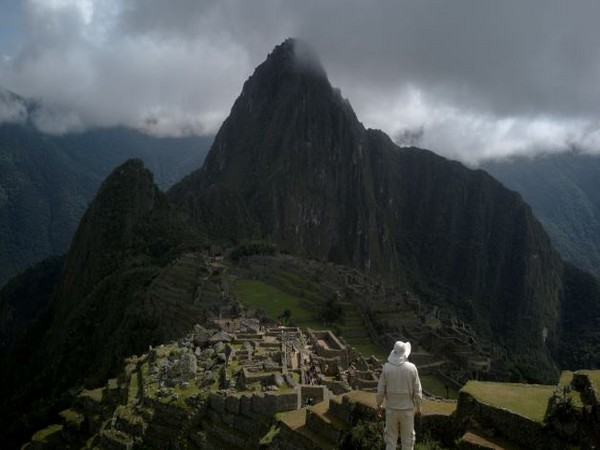Peru protests block access to Machu Picchu, stranding tourists
Jan 30, 2024
Lima [Peru], January 30: Protests in Peru are blocking access to Machu Picchu, one of South America's most popular heritage sites.
With local anger over a new ticketing system halting rail transport to the iconic Incan site and leaving some tourists stranded.
Train services to the ancient ruins high up in the Andes have been suspended since Saturday due to safety concerns over demonstrators blocking the railway line. Travel links were still not reopened on Monday, two tour operators told Reuters.
The protests, that began late last week, have left hundreds of tourists, who flock to Machu Picchu from all over the world, unable to reach the site.
The latest dispute has delivered a fresh blow to Peru's tourism industry that was hit hard last year by widespread civil unrest, especially in the southern Andean region that is a key zone for the country's huge copper industry.
Round-table discussions entered a second day on Monday to resolve the dispute between the authorities and protesters angry at the government for consolidating ticket sales.
Peru's Minister of Culture, Leslie Urteaga, traveled to the region on Sunday, but a solution to the "indefinite strike" being led by travel unions, tour operators and residents is yet to be announced.
Community representatives in Machu Picchu fear that the new electronic ticket sales platform will hurt local businesses by "privatizing" sales and directing profits to one single firm.
Agencies responsible for the care and preservation of the site have warned about overcrowding and tickets being oversold, forcing authorities to find new ways to control visitor numbers as travel rebounds in the wake of the pandemic.
The government argues the new ticketing platform available from January will strengthen the way visitor numbers are managed. From this month entries are capped at 4,500 per day, up from 3,800 last year.
In September, Peru temporarily closed three areas of Machu Picchu, a UNESCO World Heritage Site built in the 15th century as a religious sanctuary for the Incas, due to site deterioration brought on by heavy visitor volumes.
Source: Fijian Broadcasting Corporation








